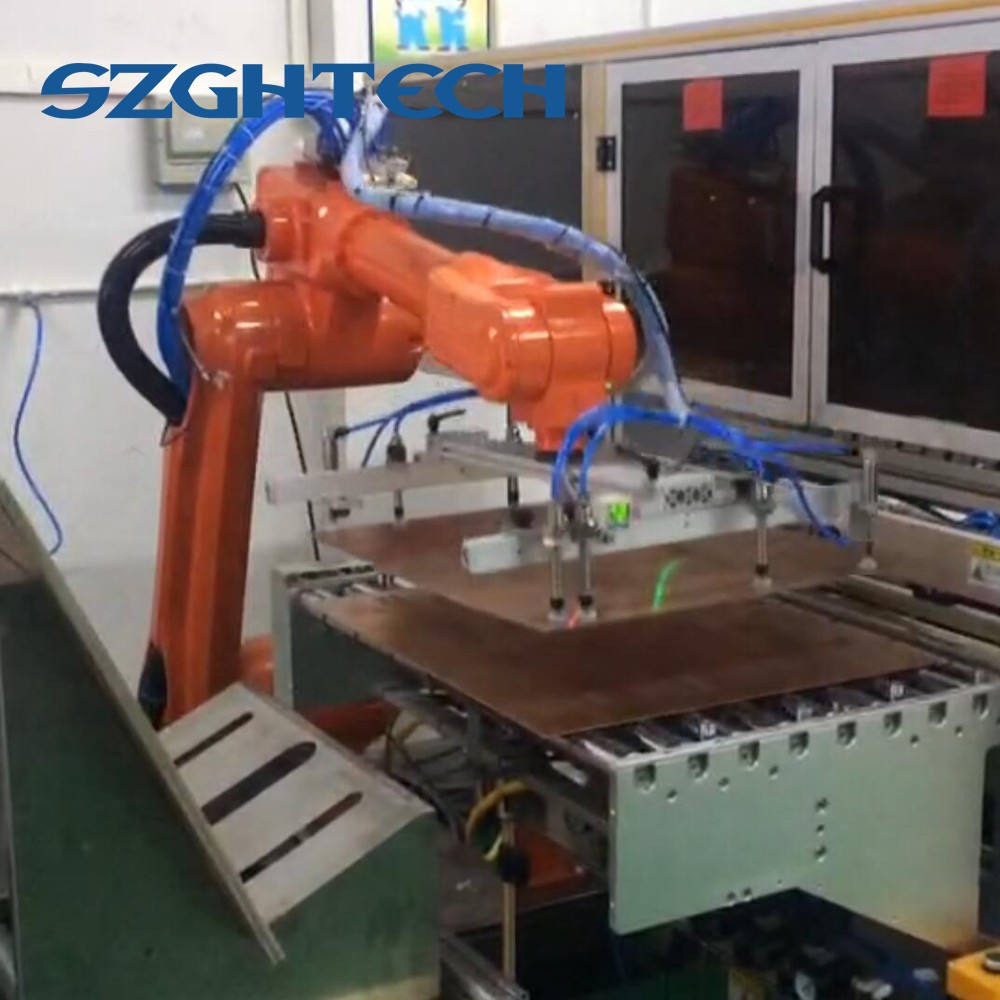In the food processing industry, industrial robotic arms can be designed and equipped with specialized tools and end-effectors to ensure food safety and hygiene. Here are some ways that robotic arms can help:
1) Elimination of cross-contamination: Robotic arms can be programmed to handle different types of food products without transferring contaminants between them. This is especially important in cases where allergens need to be kept separate from other foods.
2) Sanitization: Robotic arms can be designed with materials that are easy to clean and sanitize to ensure food safety and hygiene. This can include using stainless steel or other non-porous materials that can withstand high-pressure washing and cleaning chemicals.
3) Precision and accuracy: Robotic arms can be programmed to handle food products with extreme precision and accuracy, minimizing waste and reducing the risk of human error.
4) Traceability: Robotic arms can be integrated with sensors and other technologies to track the movement of food products throughout the production process. This can help ensure that any contaminated or unsafe products are quickly identified and removed from the production line.

Overall, the use of industrial robotic arms in the food processing industry can help improve efficiency, reduce labor costs, and ensure food safety and hygiene.

